Ody Saban
Lilith also called The Breasts of Hell in Çatal Hüyük
Among the testimonies of the past, ruins, fossils and traces, I have always preferred those which the hand and spirit of alienated humanity has most desired to destroy, smear, confuse and forget. We need these ruins, these fossils and these traces, to solidly build a utopia and a surrealist civilization (which Micheline and Vincent Bounoure, with their friends, had begun to sketch out).
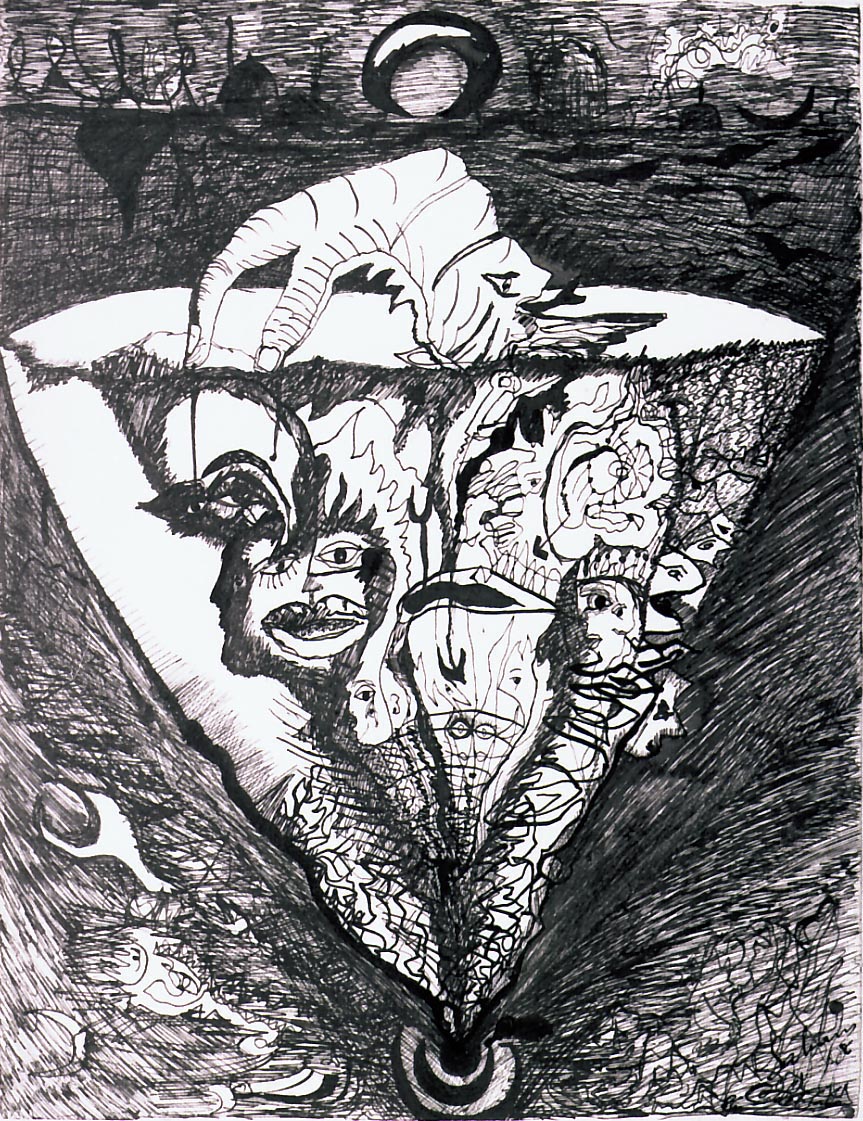
The Birth Of Lilith In Çatal Hüyük by Ody Saban
We, surrealists, always know how to look for our legendary Great Ancestors among those most hated and buried.
Very early on, I sought to grow and multiply a whole people of Liliths, and as different from one another as possible. I cleansed them of religious tradition. I loved them. I washed them in mare’s milk. Then I looked for a shelter for them.

Pairs of female breasts appear above animal horns. Reproduction of the book « Çatal Hüyük a Neolithic Town in Anatolia » by James Meellart, edited by Sir Mortimer Wheeler, 1967
Çatal Hüyük is the opposite of a small pretty village. The concept of the beautiful may certainly apply to it, but more likely that of the sublime.
Çatal Hüyük died twice. As we know, archaeological research causes a second death. I saw the site of Çatal Hüyük completely devastated. It is as if a storm of hate had descended upon it. There was a subjective appropriation and fossilization in a book, and the comments elicited from it: Çatal Hüyük a Neolithic Town in Anatolia, known in French as Çatal Hüyük, one of the first cities of the world (1967, written by James Meellart, and edited by Sir Mortimer Wheeler}. Then again, in the Museum of Anatolian Civilizations of Ankara.
Çatal Hüyük has been built and rebuilt many times in layers, over more than half a millennium. It is at a high altitude, on an Anatolian Plateau.
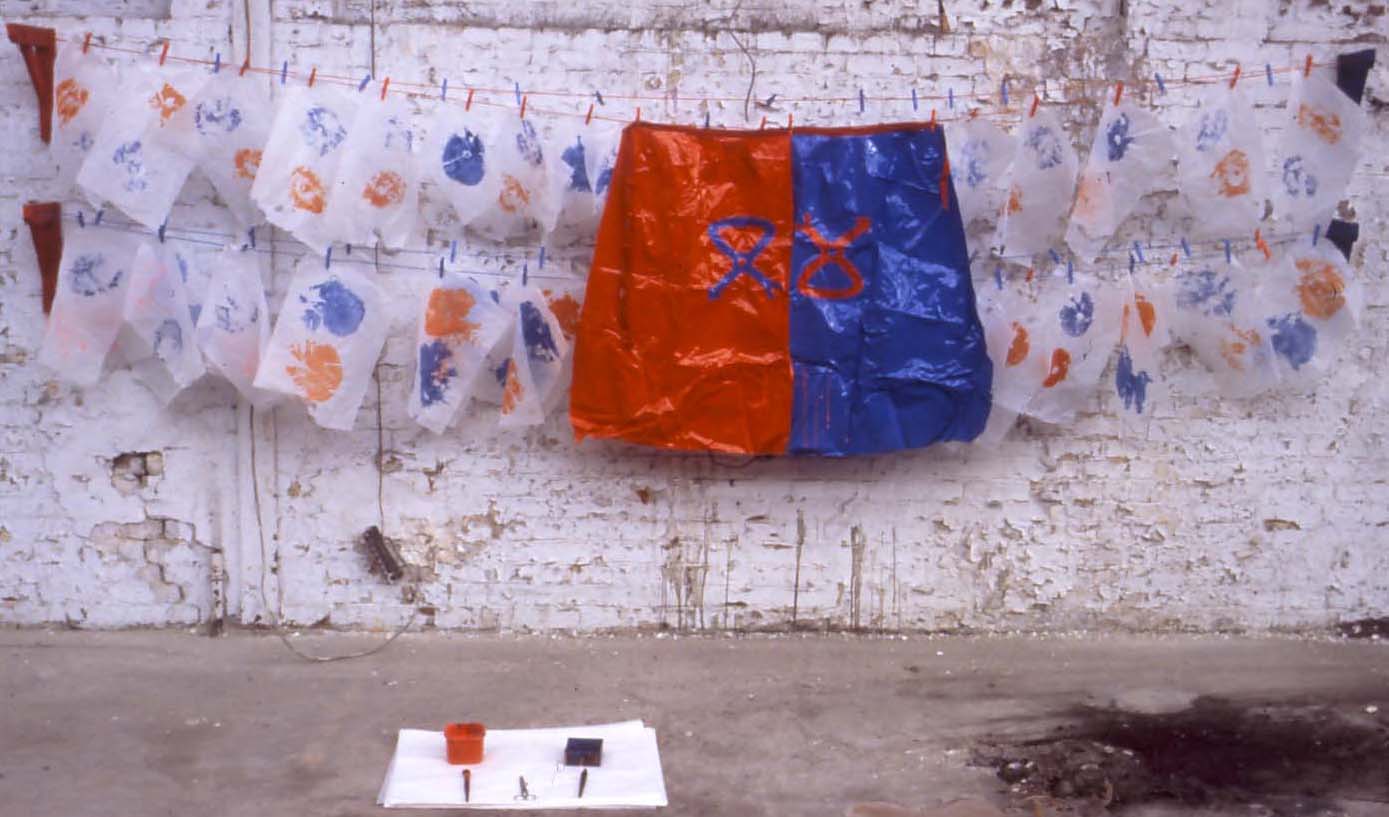
Installation of Lilith’s Breasts in Çatal Hüyük by Ody Saban
In the days when in Çatal Hüyük lived its own life, approximately between 7200 and 6400 before the so-called “Christian” era, it was a very large village of more than 3500 to 8000 inhabitants, and was built underground. Inhabitants also lived on the roofs and entered buildings (houses and temples) placed side by side, through hatches and ladders. This architecture was rebuilt, almost identically, a dozen times. The excavations therefore proceeded to its final destruction, floor by floor.
The research ended up concluding that the Çatal Hüyük civilization maintained a very vast network of contacts and exchanges of minerals, plants, animals, luxuries, parades, seductions and ceremonies. Of course, there were also exchanges of feelings, of knowledge… It seems that there was no war. This dense network of exchanges spread and established itself regularly over hundreds and hundreds of kilometers, with a very abundant diversity.

Syncrétisme d’Isis dans Lilith by Ody Saban
Three characteristics of Çatal Hüyük’s civilization contrast sharply with the proliferation of trade and wealth that would otherwise testify to a sumptuous life, where pleasure could be extended and shared.
First, a particularly low quantitative life expectancy. Only youth lived and died in Çatal Hüyük. No sign of human life has been found beyond fourteen years. One would normally perish very young there. This seems to be the case even though human life in the semi-nomadic populations of the surrounding valleys, much poorer and threatened with famine, could exceed sixty years. Individual life in Çatal Hüyük was like a wonderful and amazing flame, but relatively brief.
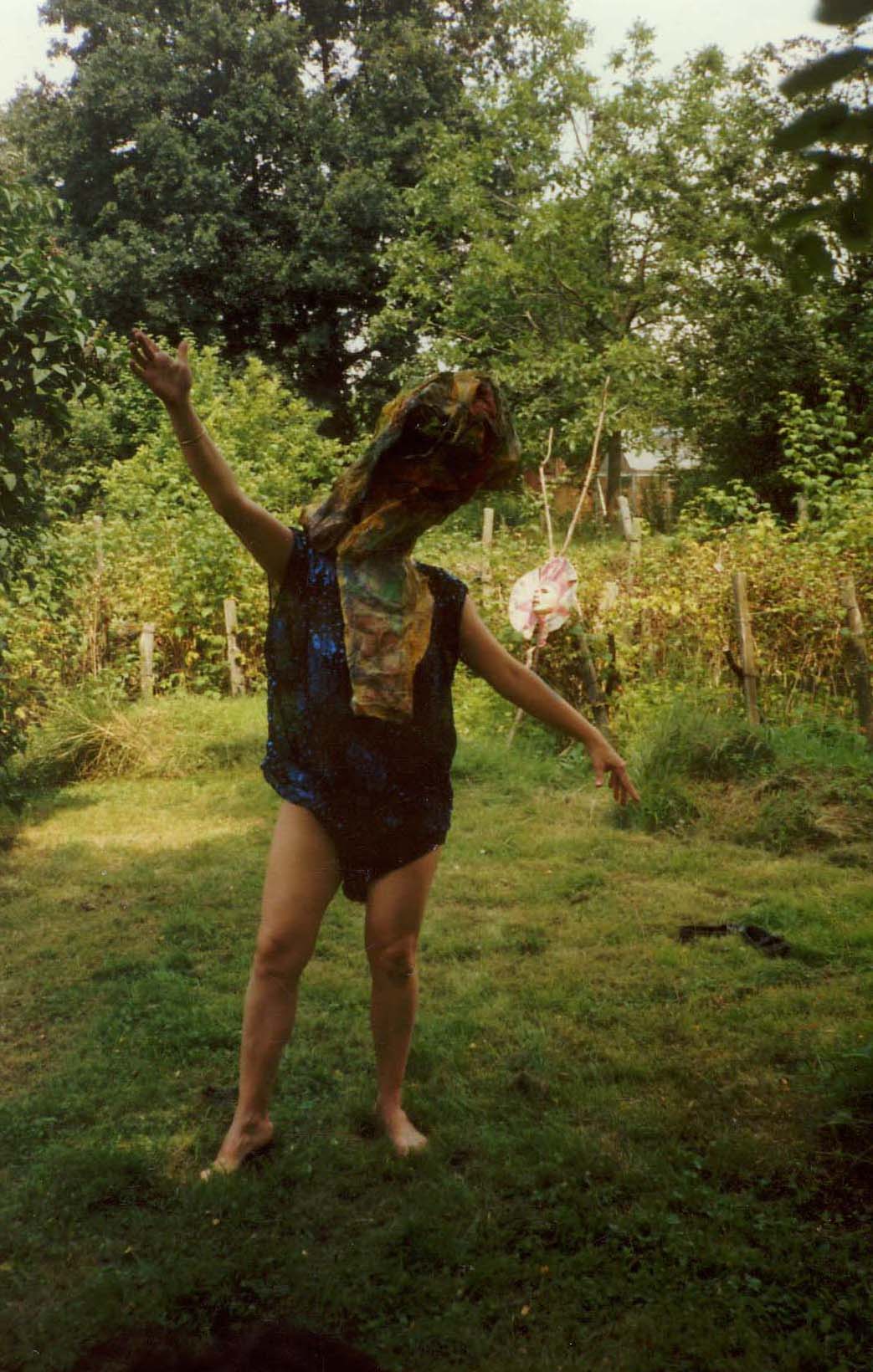
The Renaissance of Lilith by Ody Saban
Then, rich populations, even up until today, have been as a rule more unequal than the others. On the contrary, a systematic egalitarianism characterizes the civilization of Çatal Hüyük. Temples aside, most buildings occupy a similar area. They are usually divided into three rooms (sometimes two or four). The tombs of the women are prepared with precious stones, worked and assembled, with various flowers and seeds and useful and precious objects. They are richer than those of men, but not by much. It should also be noted that the skeletons, after having been preserved, sanitized and bleached outside the village for a long time, were lovingly placed under the beds. And children slept with their parents, most often with the mothers, whose beds were much bigger.
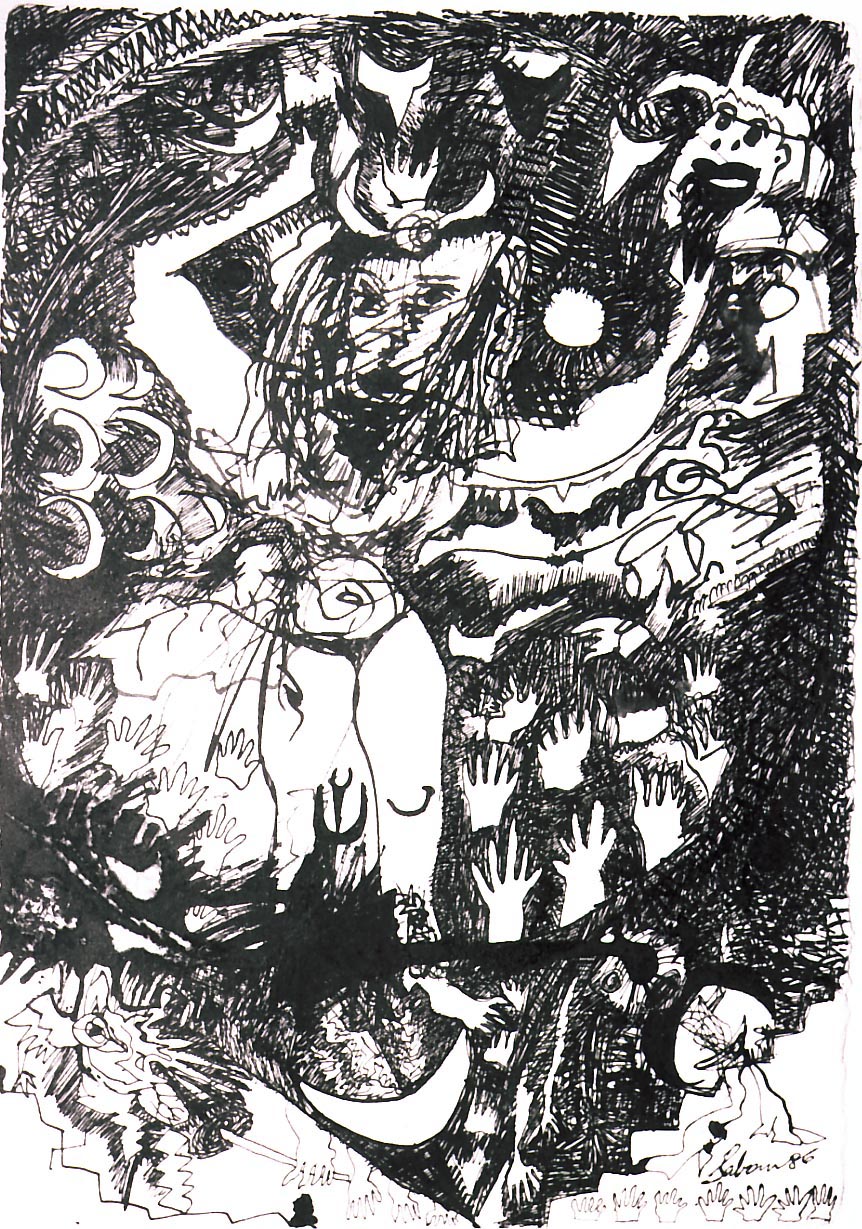
Lilith’s Dance In Çatal Hüyük by Ody Saban
In the temples, the carvings bear witness to an elaborate cult of a “mother goddess” including the representation of women, various animals and often a child. But the murals show a society which must be qualified, with caution and nuance, as “patriarchal” since, in general, only men hunted in groups and therefore possessed the most efficient weapons. The powers other than the power of arms (political, economic, ceremonial, family …) were obviously much more shared and the inequality between men and women was obviously much lower than in most known civilizations, including our own capitalist civilization.
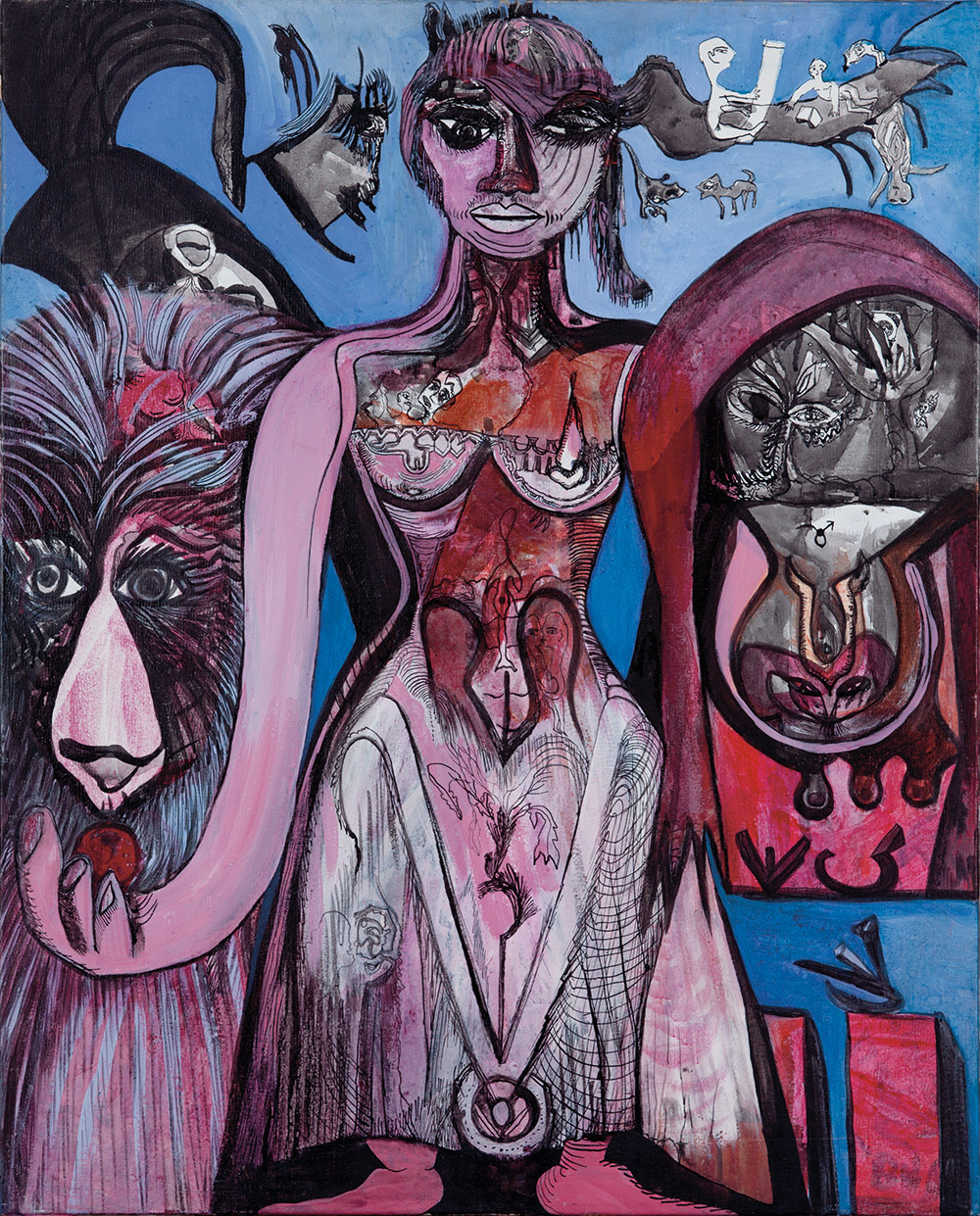
The prehistoric woman by Ody Saban
The stone carvings of goddesses and horned beasts, as well as the frescoes in vivid and diverse colors, were made deliberately, with no aesthetic concerns other than avoiding ugliness. It is certainly not very common to see, for example, a woman giving birth to a bull (childbirth, this essential act, has moreover been the object of a taboo that is extremely resonant, from the point of view of representation, in known civilizations, including our own). Ceremonially, however, in stonework or masonry, no concern for originality, provocation, dread or formal refinement is discernible here, for about seven hundred years.
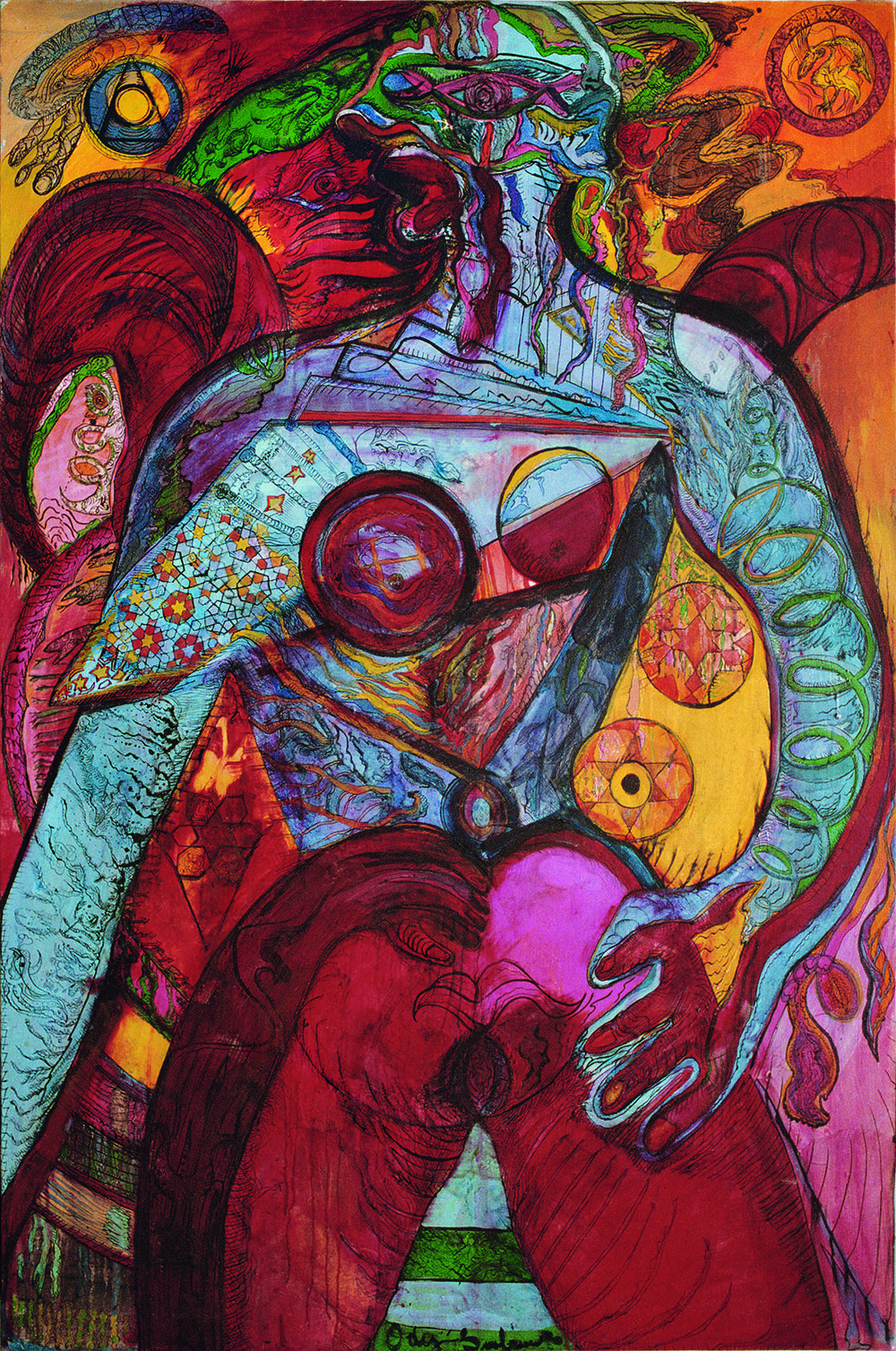
Lilith by Ody Saban
This aesthetic and formal research, however, characterizes humanity, for better or for worse. In Çatal Hüyük, the faculties of the imagination are undoubtedly located in creations of perishable materials, from the surroundings and from far away, like the art of jewelry.
Part of my work has been to revive, diversify and multiply the splendor of the famous Liliths in Çatal Hüyük, in its surroundings or elsewhere. Lilith is not for me the name of a woman, but of all beautiful women who fight for complete equality and who give themselves body and soul to this fight. It will be necessary to shatter, destroy, and annihilate the divisions and polarizations of gender, age, race, class etc: against so many abject signs of barbarism and totalitarian conformism, of the almost total absence of legal freedom and autonomy, individual and collective.
We will continue to revive the memory of women’s effort for equality right up to prehistoric times.
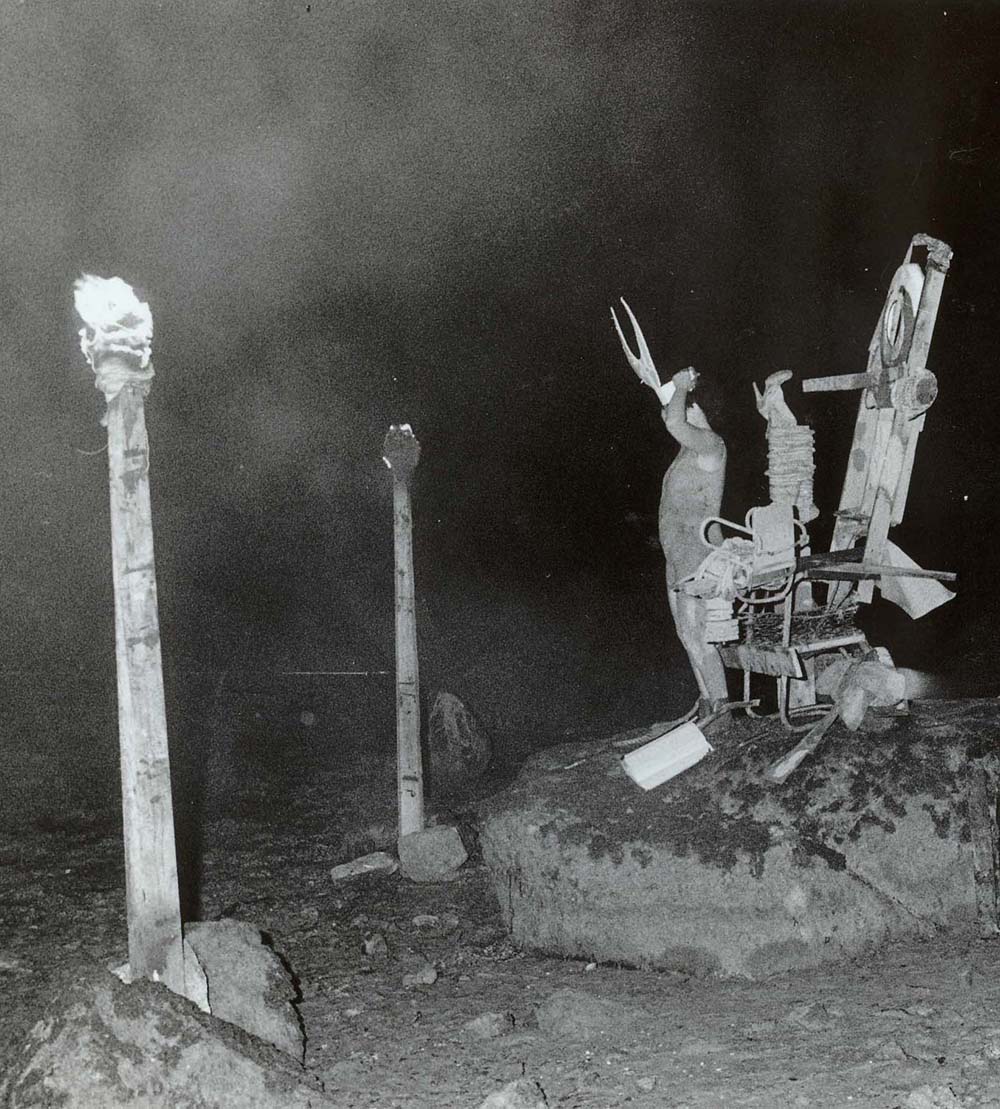
Ceremony on the throne of Lilith at Çatal Hüyük by Ody Saban. Photograph by Simon Koh.
